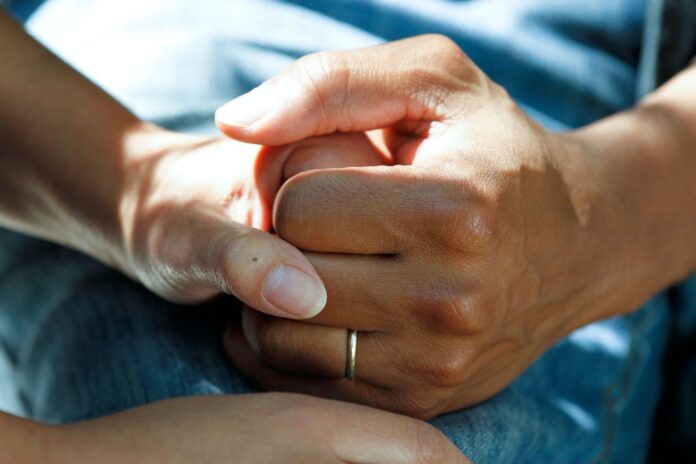Types of prostate cancers are based on what part of the body they affect. Mostly, it’s in the urinary system, but it can spread to other body parts too.
Not many people are aware of prostate cancer, its types and symptoms. This article aims to educate its readers about the types of prostate cancer and their self diagnosis. But first, let’s know what a prostate is.
The prostate is a walnut-sized gland located between the bladder and the penis. The prostate is just in front of the rectum. Most prostate cancers occur in the gland cells, and a small fraction occur in the tissue. The latter is known as sarcoma.
Let’s dive into the details of this and the other types:
Transitional cell carcinomas
Also known as bladder cancer, if it’s in its higher stages, it becomes fatal. TCC affects the urothelial cells, which are present in other parts of the urinary system, so it’s likely to spread to ureters, urethra and parts of the kidney. The symptoms of TCC are shared by other non-carcinogenic conditions as well, so if you experience the following, there could be a possibility of it not being cancer:
- Blood in urine
- Pain during urination and ejaculation
- Frequent urge to urinate
- Lower back pain
If TCC is in its initial stages, it can be cured and is less likely to come back, however in its higher stages, there’s a possibility of the tumours coming back even after removal.
Recommended Article :- Doing These 6 Things Lead You to Cancer (and you don’t even know about it)
Small cell carcinoma
This does not occur as frequently as other types of cancers, but it’s very different. It grows much faster than other types and spreads to other parts of the body like bones. Symptoms include:
- Blood in urine
- Muscle cramps
- Difficulty in passing urine
- Bone pain
The treatment can’t eradicate the cancer completely, but can slow down its growth. Since, this type is rare, research and treatment becomes difficult.
Sarcoma
This develops in the tissues like muscles, blood vessels and nerves. A lump in the body is the first step of diagnosis. The lump is painless at first, but then it starts growing and pressing against the surface of the tissues. That’s when it starts paining. The older you are, the more chances of the lump being a sarcoma lump. Look out for these symptoms and stay safe.
Though the symptoms of prostate cancer often seem non carcinogenic, it’s good to be aware and get yourself checked. Prostate cancer is curable in its initial stages, so it’s better to get yourself tested.








